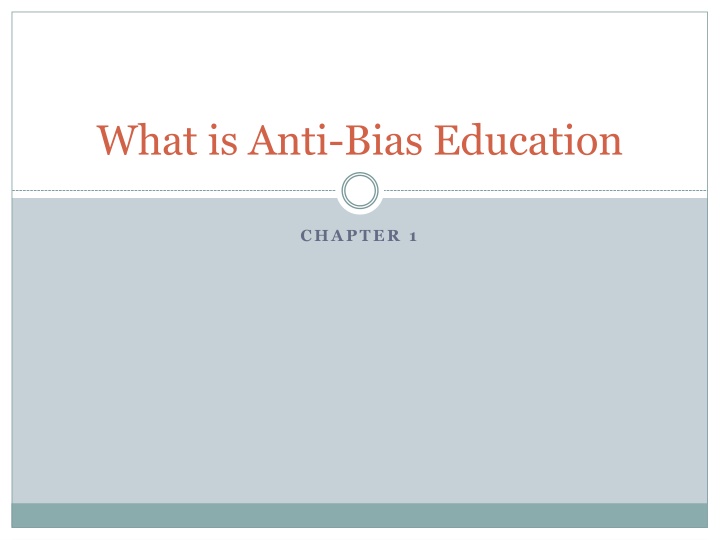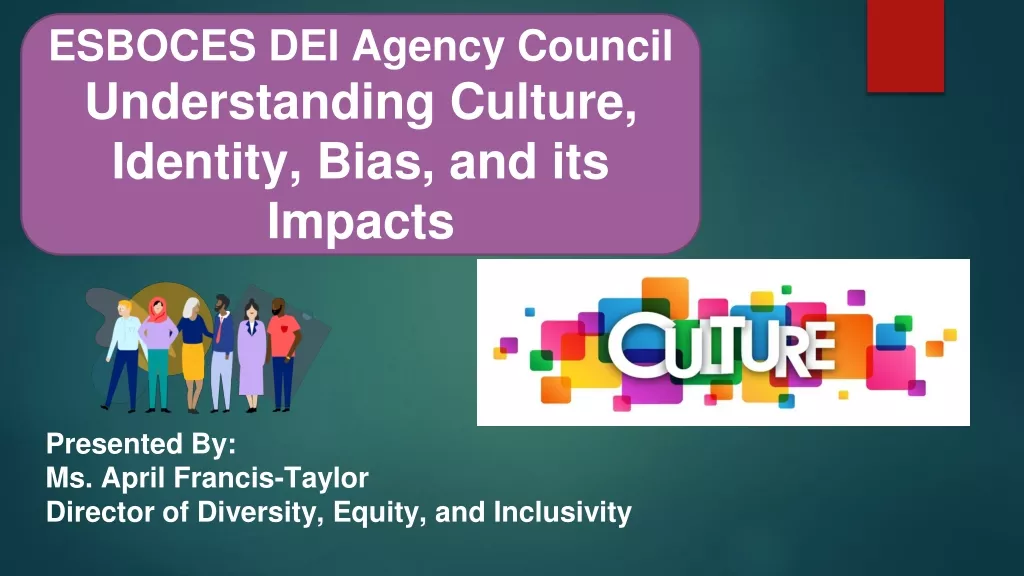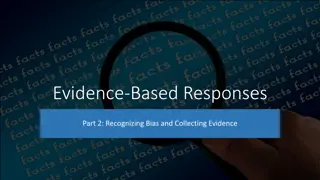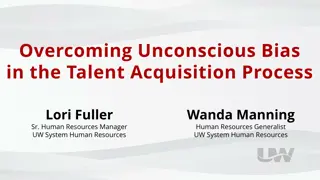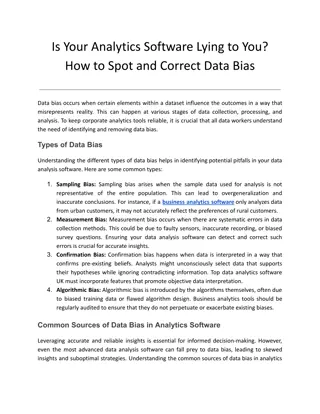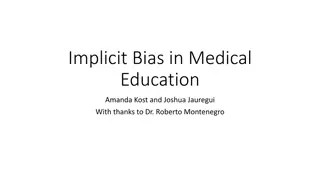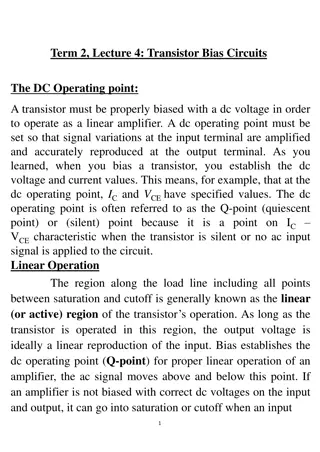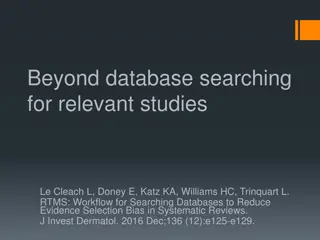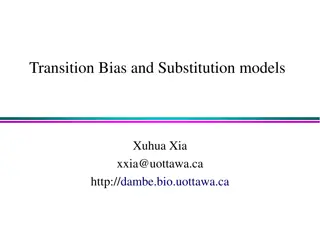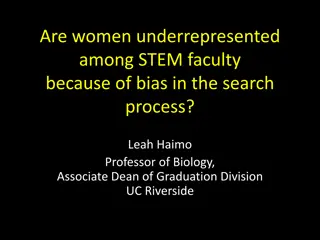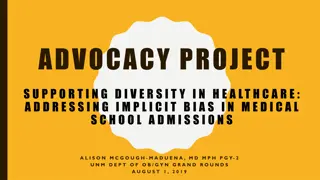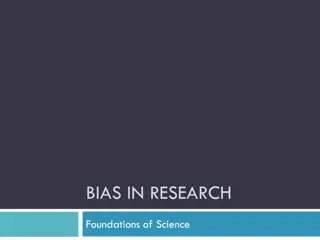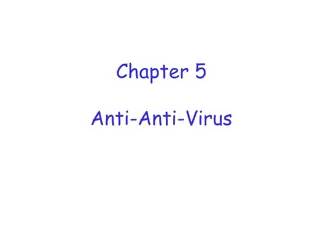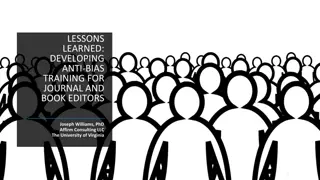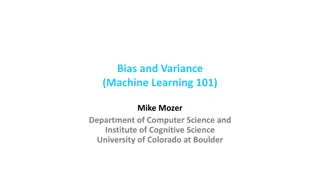Anti-Bias Education Vision
Anti-Bias Education aims to create inclusive environments where children and families experience belonging, access quality education, and live in safe communities, as outlined in the United Nations' Declaration of the Rights of the Child.
Download Presentation

Please find below an Image/Link to download the presentation.
The content on the website is provided AS IS for your information and personal use only. It may not be sold, licensed, or shared on other websites without obtaining consent from the author.If you encounter any issues during the download, it is possible that the publisher has removed the file from their server.
You are allowed to download the files provided on this website for personal or commercial use, subject to the condition that they are used lawfully. All files are the property of their respective owners.
The content on the website is provided AS IS for your information and personal use only. It may not be sold, licensed, or shared on other websites without obtaining consent from the author.
E N D
Presentation Transcript
What is Anti-Bias Education CHAPTER 1
Why Anti-Bias Education? Every child deserves to develop to his/her fullest potential To examine and transform understanding of children s lives To do self-reflective work to more deeply understand your own lives
The Vision of Anti-Bias Education All children and families have a sense of belonging and experience declaration of their identities and cultural ways of being All children have access to and participate in education they need to become successful, contributing members of society The education process engages all members of the program or school in joyful learning
The Vision of Anti-Bias Education (cont.) Children and adults know how to respectfully and easily live, learn, and work together in diverse and inclusive environments All families have the resources they need to fully nurture their children All children and families live in safe, peaceful, healthy, comfortable housing and neighborhoods
United Nations (1989) Declaration of the Rights of the Child: The right to survival The right to develop to the fullest The right to protection from harmful influences, abuse, and/or exploitation To right to participate fully in family, cultural, and social life
Discussion Questions (group work) Because of societal inequities, too many children still do not have access to the basic human rights What would that world look like for each of the children you work with? 2. What would that world look like for the program you work in? 3. What would you add to the vision of anti-bias education list? 1.
The Four Goals of Anti-Bias Education Goal 1: Each child will demonstrate self-awareness, confidence, family pride, and positive social identities Guidelines for teaching Goal 1: Provide activities that focuses on self- concepts(racial, cultural, gender, economic class) Show respect and provide support to all of the children s families
The Four Goals of Anti-Bias Education (cont.) Goal 2: Each child will express comfort and joy with human diversity; accurate language for human differences; and deep, caring human connections Guidelines for teaching Goal 2: Explore with children people s similarities and differences Begin exploring the many kinds of diversity present among the children in the group, even when they come from similar racial, cultural, economic class and family backgrounds, then explore their larger neighborhood Avoid tourist curriculum
The Four Goals of Anti-Bias Education (cont.) Goal 3: Each child will increasingly recognize unfairness, have language to describe unfairness, and understand that unfairness hurts Guidelines for teaching Goal 3: Note comments children make in informal conversations or play and then plan conversations to draw out their ideas; use a picture, a question, or a book to spark their insights Plan activities that help children learn how to differentiate inaccurate, untrue images or ideas with accurate ones and build children s empathy and fairness
The Four Goals of Anti-Bias Education (cont.) Goal 4: Each child will demonstrate empowerment and the skills to act, with others or alone, against prejudice and/or discriminatory actions Guidelines for teaching Goal 4: Teachers need to gently but firmly intervene, support the child who has been hurt by the biased behavior, and help children learn other ways of interacting
Identify the problem Engage the children in dialogue about their feelings Consider the interests and dynamics of your group of children. What kind of actions would help them appropriately address the issue? Consider the children s families. Learn how each family teaches their child to handle the situation. Explain why you believe it is important for children to learn several ways to respond Plan and carry out an action to address the problem
Educational Principles for Putting Anti-Bias Goals into Action The four anti-bias education goals are for everyone, and everyone benefits (all children must be visible and included in daily classroom activities Anti-bias education activities pay attention to the realities of children s lives (some children need support to resist racial messages, others may need guidance to develop a positive self-concept)
Educational Principles for Putting Anti-Bias Goals into Action (cont.) Anti-bias education is developmentally appropriate (teachers scaffold anti-bias education activities to each child s cognitive, social, and emotional developmental capacities) Anti-bias planning uses both child-and teacher- initiated activities (children comments, questions, and behaviors spark teachable moments as well as longer-term projects. Teacher-initiated activities such as putting materials in the environment to broaden children s awareness and help children explore ideas)
Educational Principles for Putting Anti-Bias Goals into Action (cont.) Anti-bias learning does not happen in one lesson or one day Anti-bias education calls on teachers to know themselves Anti-bias education avoids the pitfall of tourist curriculum (doing activities about other cultural groups as part of a holiday/special unit, and then the group disappears from the curriculum until the same time the following year) Anti-bias education rests on strong relationships among staff and between staff and families
Discussion Questions (group work) Page 9 What Do the ABE Goals Mean to Me?
